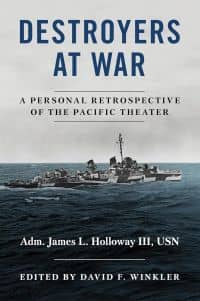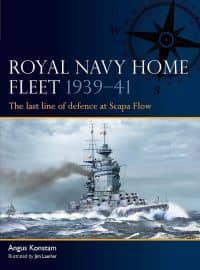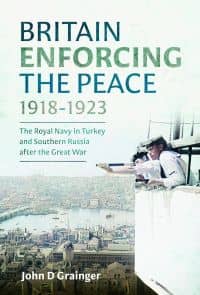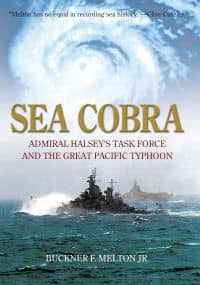ME Naval Non-Fiction - General
General Non-Fiction books about the Navies of the world in the Modern Era

- Details
- By: James L. Holloway III
- Title: Destroyers at War: A Personal Retrospective of the Pacific Theater
- First Published by: Naval Institute Press
- First Published Format: HC
- First Published Date: 18 March 2025
- ISBN-10: 1682473341
- ISBN-13: 978-1682473344

- Details
- By: James L. Holloway III
- Title: Aircraft Carriers at War: A Personal Retrospective of Korea, Vietnam, and the Soviet Confrontation
- First Published by: Naval Institute Press
- First Published Format: HC
- First Published Date: 4 May 2007
- ISBN-10: 1591143918
- ISBN-13: 978-1591143918

- Details
- By: Angus Konstam
- Title: Royal Navy Grand Fleet 1914–18: Britain’s last supreme naval fleet
- Series: Fleet
- First Published by: Osprey Publishing
- First Published Format: PB
- First Published Date: 27 February 2025
- ISBN-10: 1472856473
- ISBN-13: 978-1472856470

- Details
- By: Angus Konstam
- Title: Royal Navy Home Fleet 1939–41: The last line of defence at Scapa Flow
- Series: Fleet
- First Published by: Osprey Publishing
- First Published Format: PB
- First Published Date: 28 March 2024
- ISBN-10: 1472856473
- ISBN-13: 978-1472856470

- Details
- By: John D. Grainger
- Title: Britain Enforcing the Peace, 1918–1923: The Royal Navy in Turkey and Southern Russia after the Great War
- First Published by: Pen & Sword
- First Published Format: HC
- First Published Date: 30 November 2024
- ISBN-10: 103612374X
- ISBN-13: 978-1036123741

- Details
- By: Buckner F. Melton
- Title: Sea Cobra: Admiral Halsey's Task Force and the Great Pacific Typhoon
- First Published by: Lyons Press
- First Published Format: Kindle
- First Published Date: 1 March 2007